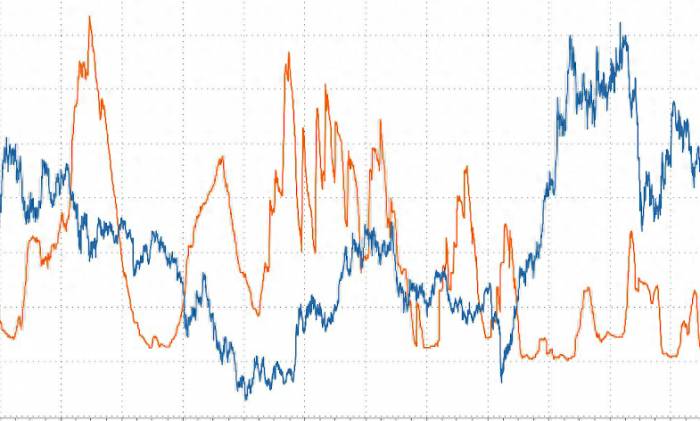Goldman Sachs has reversed its previously bullish stance on copper prices, announcing its exit from long-term bullish positions on copper and downgrading its price forecast for 2025 by nearly $5,000, citing reduced demand.
Goldman Sachs has been one of the biggest bulls on copper. Media reports indicate that analysts Samantha Dart and Daan Struyven said in an email this week that they expect the average copper price next year to be $10,100 per ton. Although this forecast is still higher than the current price of about $9,200 on the London Metal Exchange, it is lower than the bank's previous target of $15,000 per ton.
"The copper price rally is delayed. In the copper market, we have observed significant price elasticity in supply and demand this summer. As a result, the substantial reduction in copper inventories we anticipated may be much later than we previously thought."
The price of $15,000 per ton was a target supported by former Goldman Sachs analysts Jeffrey Currie and Nicholas Snowdon. In May of this year, copper prices broke through a new high of $11,000 per ton, with a significant influx of funds at the time. Currie described the metal as the best trade he had ever seen. At that time, he believed that the basis for copper trading was due to the rapid shift towards electrification (whether electric vehicles or data centers powering artificial intelligence) and the trend of manufacturing re-shoring, partly due to expected supply shortages. In addition, there were concerns about the decline in mine supply.
However, since then, copper prices have fallen by about 18%. Goldman Sachs believes that the increase in Asian inventories and the rare surge in copper exports have raised concerns about demand. Therefore, Goldman Sachs stated on Tuesday that the bank has adopted a more selective and cautious tactical view on commodities.
"In the copper market, Chinese inventories usually decrease in the second quarter, but this year they have increased. Before the pandemic, China typically accounted for two-thirds of global commodity demand growth. We believe that without strong Chinese demand, it is challenging for the market to experience significant scarcity."
Currently, copper inventories in the Asian region of the London Metal Exchange have soared to their highest level since 2016.
Although Goldman Sachs ended its long-term bullish recommendation without reaching its previous price target, the bank's analysts said that clients can still achieve a 41% return from the trade. Goldman Sachs also said that it may re-establish this position in the future, as the bank still believes that the market will face a severe supply shortage.
"We continue to believe that the growth in demand for green metals, the long-term cyclical characteristics of copper supply, and reduced investment will ultimately lay the foundation for inventory reduction and the resulting scarcity pricing."

In addition, Goldman Sachs has also downgraded its 2025 aluminum price forecast from $2,850 per ton to $2,540 per ton. The bank maintains its bearish view on iron ore and nickel and states that gold is its preferred hedge against geopolitical and financial risks in the near term.Goldman Sachs stated, "Gold is the commodity in which we have the most confidence for a short-term rally." The firm maintained its target price of $2,700 per ounce by early 2025, believing that the inflow of Western asset management institutions, as the Federal Reserve prepares to cut interest rates, will propel the precious metal higher, and the continued strong demand from central banks around the world will also continue to provide support.
As of 3:13 PM local time, copper prices on the London Metal Exchange fell by 2.6% to $8,947.50 per ton. Prices of other industrial metals also declined.